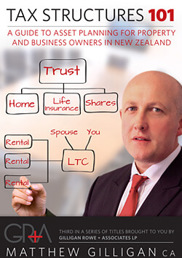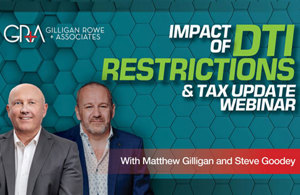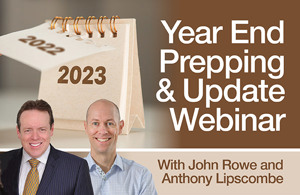
On 5 December 2018, the Government released the first draft of legislation dealing with the proposed ring-fencing of tax losses from rental properties. First impression on reading the Bill is that it is extraordinarily complicated and leaves questions unanswered. Here is a quick summary of the key points.
Before going through this list it is important to note that this legislation is in draft form only and given its complexity I would be highly surprised if there were not changes (and perhaps significant ones) to occur before it finally comes into force. That said, the substance of the key points clearly will not change.
So on to the summary of what the Bill does and does not cover:
- Ring-fencing will apply to tax losses produced from the 2019 / 2020 income year. Most taxpayers will have a balance date of 31 March, which means it applies from 1 April 2019.
- Tax losses that have accumulated prior to this date are not ring-fenced.
- Ring-fencing comes in “full force” from this date, i.e. it is not going to be eased in over a period of two to three years (let alone the five years that Labour indicated would likely be the case prior to the election).
- Tax losses produced by “residential rental property” are to be ring-fenced. Drilling down on “residential rental property”, this is land with a dwelling on it that is occupied residentially, or bare land that could have a residential dwelling built on it. Serviced apartments are specifically included as residential rental property.
- Specifically excluded from this definition are the main home, farmland, business premises, commercial property and any residential land that has been bought as part of a business of property dealing, development or erecting buildings. Also excluded is any “mixed use” property. A typical mixed use property is a holiday rental that is used in part to produce income and in part used privately. This is because such an asset is subject to specific ring-fencing rules under the mixed use asset rules already.
- The substance of the ring-fencing means that any surplus of expense over income that would otherwise produce a taxable loss is set aside and carried forward to the next income year and is only available for offset against rental income from residential rental property or taxable gains on the sale of residential rental property. Such losses cannot be offset against salary or business income, for example.
- The ring-fencing rules can either apply on a portfolio basis (meaning that losses of one property can be offset against the profits of another) or on a property by property basis (meaning that losses of a particular property can only be offset against future profits in relation to the same property).
- When you sell a rental property that has been subject to a property by property election, or on sale of the last property in a portfolio, there is a mechanism for any ring-fenced loss to then be released on the condition that the sales of the residential rental properties that produced the ring-fenced loss have resulted in taxable income.
- There are avoidance mechanisms to prevent cunning taxpayers from gearing the shares in companies that own residential rental properties. Put broadly, if more than half of the assets of a company comprise residential rental property, then interest on borrowing to acquire the shares in that company is subject to the same ring-fencing provisions.

Matthew Gilligan
Managing Director and Property Services Partner
Did you like this article? Subscribe to our newsletter to receive tips, updates and useful information to help you protect your assets and grow your net worth. We're expert accountants providing expert advice to clients in NZ and around the world.
Disclaimer: This article is intended to provide only a summary of the issues associated with the topics covered. It does not purport to be comprehensive nor to provide specific advice. No person should act in reliance on any statement contained within this article without first obtaining specific professional advice. If you require any further information or advice on any matter covered within this article, please contact the author.
Comments
Testimonials
Property School gave me the motivation to take the next step because I've learnt a lot and feel we are on the right path. It really helped to look at examples to show what can be done. The presenters were excellent, high energy, enthusiastic, lots of good quality information. - Amanda C, April 2019
Property 101by Matthew Gilligan
Investing in residential property?
Put this at the top of your reading list.
If you're investing in residential property, seeking to maximise your ability to succeed and minimise risk, then this is a 'must read'.
Matthew Gilligan provides a fresh look at residential property investment from an experienced investor’s viewpoint. Written in easy to understand language and including many case studies, Matthew explains the ins and outs of successful property investment.
- How to find the right property
- How to negotiate successfully
- Renovation do's & don'ts
- Property management
- Case studies and examples
- and much, much more...








































